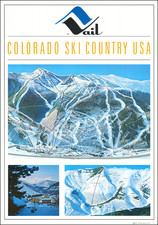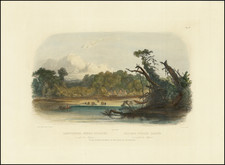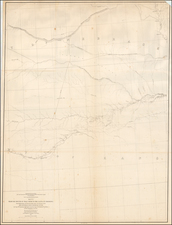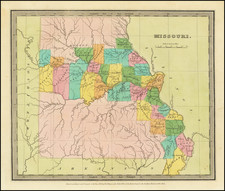Backbone of the National Highways -- St. Louis To Pueblo, Colorado.
The National Old Trails Road, established in 1912, represents an essential chapter in the history of America's road infrastructure. This road, which spanned from Baltimore to Los Angeles, with extensions to New York City and San Francisco, was more than just a transportation route; it embodied America's heritage, closely following paths of historical significance such as the National Road and the Santa Fe Trail.
The idea for such a road was not born in isolation. It was part of a broader push across America in the early 20th century to improve road connectivity, which saw the formation of the National Old Trails Road Association in Kansas City in April 1912. This association aimed to promote the improvement and use of this transcontinental trail. By 1926, a considerable portion of this trail, especially the segment from Colorado eastward, was incorporated into what became known as U.S. 40.
The association's inaugural president was Judge J.M. Lowe of Jackson County, Missouri, a staunch advocate for road improvement. Interestingly, Lowe's dedication to bettering America's roads was not driven by personal interest in automobiles – he admitted to neither owning a car nor having the knowledge to operate one. Instead, his advocacy was rooted in a broader vision of what good infrastructure could mean for the nation's development. His leadership bolstered the reputation of the association within the Good Roads Movement, an initiative that had been championing government intervention in road improvement since the 1890s.
In 1926, the mantle of leadership of the association was passed to Harry S. Truman, a figure who would later rise to prominence as the 33rd President of the United States. Truman's association with the National Old Trails Road was not merely ceremonial. He actively engaged with its activities, frequently driving along the road and meeting association members across states to discuss their segments' improvement needs. These travels were documented in Truman's correspondence with his wife, Bess, in which he drew comparisons between his road trips and political campaigning. Truman's affiliation with the National Old Trails Road Association was enduring; his title as "president" of the association remained on official documentation well into the late 1940s.
In essence, the National Old Trails Road and its association played a pivotal role in America's early road development history. Through the concerted efforts of leaders like Lowe and Truman, what began as a nod to historic trails transitioned into a foundational piece of America's modern road network.









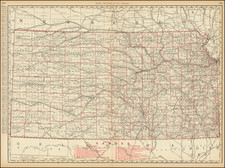
![(Colorado Springs Photograph) [Original cabinet card albumen photograph of Tejon Street, Colorado Springs, looking south toward Cheyenne Mountain]](https://storage.googleapis.com/raremaps/img/small/87515.jpg)
